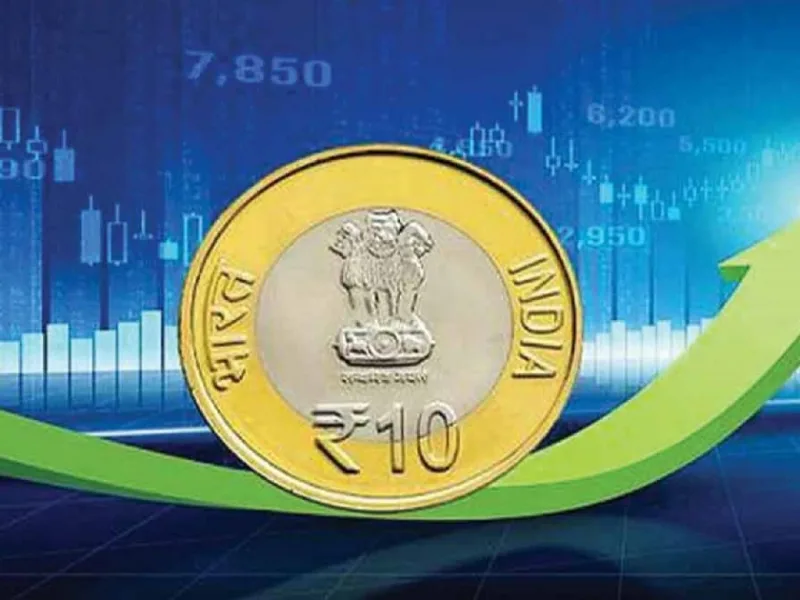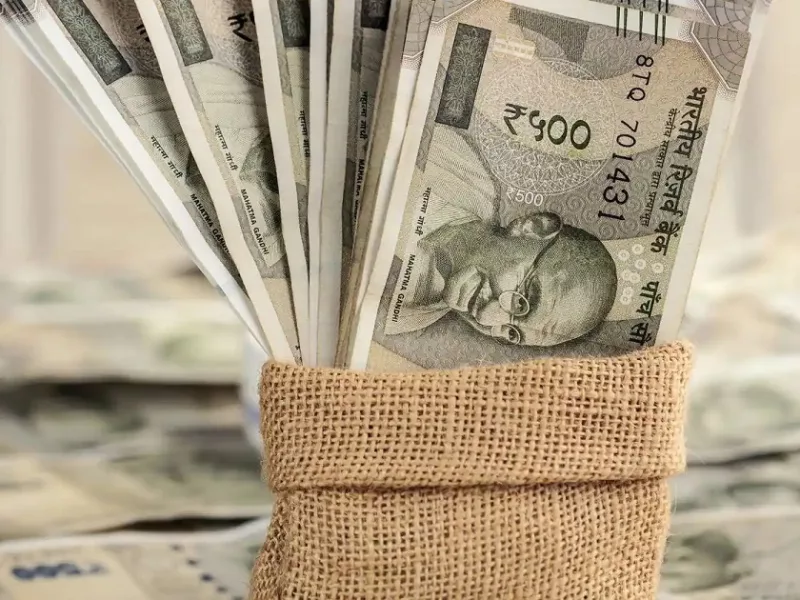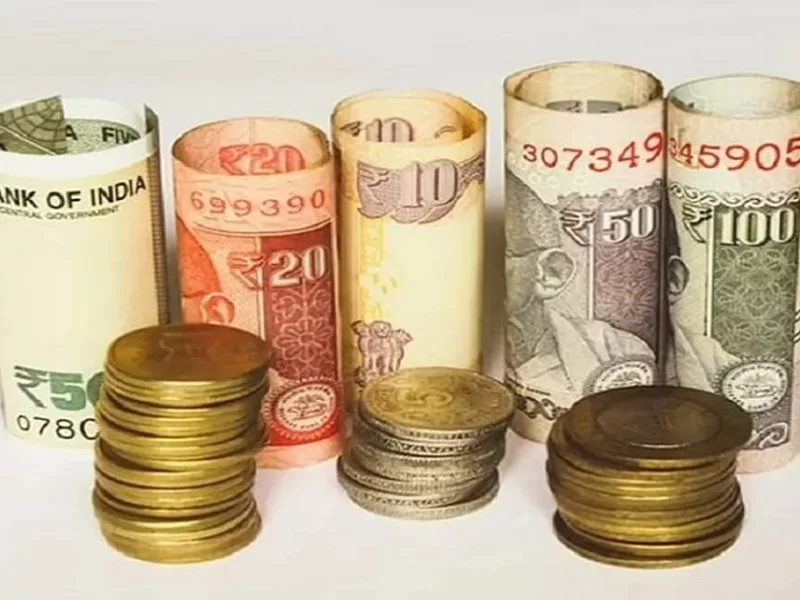Introduction:
Patna Sahib, located in Udhav Krishna, is witnessing significant development and progress. This area has become renowned as the second largest place of Sikhs in the world. Various initiatives have been undertaken to modernize infrastructure, construct new roads, bridges, and culverts, and enhance the overall living experience for the residents.
Summary:
Patna Sahib in Udhav Krishna has experienced remarkable development in recent months. The area has witnessed the modernization of the railway station, construction of new roads and bridges, and the establishment of state-of-the-art malls. Measures have also been taken to address traffic congestion and improve the aesthetics of the ghats. Additionally, historical significance is attached to Patna Sahib, as it was once known as Pataliputra, the capital of the Maurya and Gupta empires.
Key Points:
1. Patna Sahib in Udhav Krishna is undergoing significant development and progress.
2. The area is now recognized as the second largest place of Sikhs in the world.
3. Infrastructure projects include the modernization of the railway station, construction of new roads, bridges, and culverts.
4. State-of-the-art malls have been established, eliminating the need for residents to travel long distances for shopping.
5. Measures have been taken to address traffic congestion, such as deploying police personnel at major intersections.
6. The beautification of ghats and the creation of walking tracks near Mangal Talab have enhanced the recreational experience for residents.
7. Patna Sahib has a rich historical background, previously known as Pataliputra and serving as the capital of the Maurya and Gupta empires.
8. The city’s historical significance is documented in ancient texts and has been attacked by Muslim rulers in medieval India.
Patna Sahib, located in Udhav Krishna, is a city that is focused on development and progress. The transformation of the area itself speaks volumes about the strides it has made. Over the past few months, various initiatives have been undertaken to propel the growth of Patna Sahib. It has now gained recognition as the second-largest Sikh hub in the world.
Numerous remarkable projects have been completed in the Patna Sahib area. The modernization of Patna Sahib Railway Station, the construction of new roads, bridges, and culverts are just a few examples. Previously, residents had to travel around 17-18 kilometers to Boring Road for shopping in malls. However, several state-of-the-art malls have now opened near the Patna Sahib Railway Station. Additionally, a multi-level parking facility has been established near Dhanush Setu, allowing for the parking of hundreds of vehicles. To alleviate traffic congestion, police personnel have been stationed at major intersections. Moreover, many ghats and a walking track near Mangal Talab have been beautified for leisurely strolls. It is worth noting that prominent figures like Bapu and Rajendra Prasad have also walked along the banks of Mangal Talab. Local resident Prem Chopra acknowledges the visible development and progress in Patna Sahib but believes that there is still work to be done.
Understanding the city’s history, Guru Rahman shares that Patna, formerly known as Pataliputra, was the capital of the Maurya and Gupta empires. The city’s past as the capital of the powerful Magadha district is fascinating. Greek Ambassador Megasthenes mentioned Pataliputra in his book Indica during its reign as the capital of Magadha. Vatsyayan also wrote about the city’s history in his book Kamasutra, and its beautiful depiction can be found in the Vedic Sanskrit texts Bhad and Ubhaya Abhisarikar. Even during medieval times, Muslim rulers like Bakhtiyar Khilji attacked Pataliputra.
In conclusion, Patna Sahib is a city that has made significant strides in terms of development and progress. Its rich history as Pataliputra adds to its charm and allure. While there is still work to be done, the city’s growth is evident and promising.








